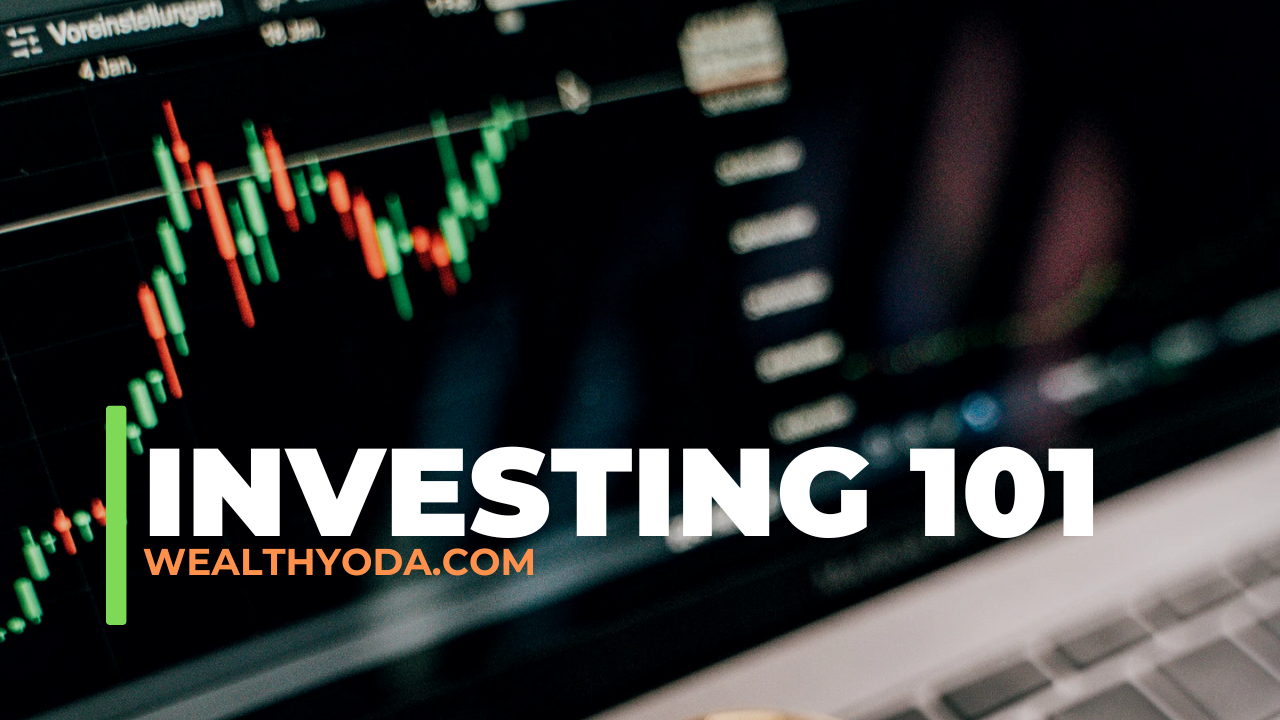#4 Underestimate the Importance of Mental Health
In 2024, the entrepreneurial grind is more intense than ever, with constant pressure to innovate, stay competitive, and manage the endless challenges of running a business. But in the race to build a successful company, many entrepreneurs make a critical mistake: neglecting their mental health. Overworking, stress, and burnout are all too common, and ignoring mental health can lead to poor decision-making, decreased productivity, and, ultimately, the collapse of a business. In today’s world, understanding and prioritizing mental well-being is not just important—it’s essential for long-term success.
1. The Growing Pressure on Entrepreneurs
Entrepreneurs often wear many hats, juggling multiple roles and responsibilities. The desire to succeed, combined with the fear of failure, can create a relentless cycle of stress. Many entrepreneurs fall into the trap of thinking that constant hustling is a badge of honor, but this mindset can quickly lead to burnout.
Example: Elon Musk’s Struggles with Mental Health
One of the most high-profile cases of an entrepreneur grappling with mental health issues is Elon Musk, CEO of Tesla and SpaceX. Musk is known for working extremely long hours, often tweeting about his grueling 120-hour work weeks. In 2018, during an interview with The New York Times, Musk admitted that he had reached a breaking point, saying, “This past year has been the most difficult and painful year of my career.”
While Musk’s relentless work ethic has contributed to his success, it also took a significant toll on his mental health, leading to public breakdowns, erratic behavior, and extreme stress. His case highlights the fact that even the most successful entrepreneurs are not immune to the dangers of overwork and stress.
2. The Consequences of Neglecting Mental Health
Ignoring mental health can have serious consequences, not only for the individual entrepreneur but also for the business. Chronic stress and burnout can lead to poor decision-making, reduced creativity, and a decline in productivity. Worse, it can result in physical health issues such as heart disease, insomnia, and weakened immune function.
Case Study: Arianna Huffington’s Wake-Up Call
Arianna Huffington, co-founder of The Huffington Post, experienced firsthand the dangers of ignoring mental and physical health. In 2007, Huffington collapsed from exhaustion after working long hours, breaking her cheekbone in the process. This incident served as a wake-up call for her, prompting her to reevaluate her priorities and place greater emphasis on well-being.
Huffington’s personal experience led her to found Thrive Global, a company dedicated to reducing stress and burnout in the workplace. Through her work, she has raised awareness of the importance of prioritizing mental health for sustainable success.
3. How Mental Health Impacts Business Success
Good mental health is closely linked to better decision-making, higher productivity, and increased creativity—qualities every entrepreneur needs to succeed. When entrepreneurs take care of their mental well-being, they are better equipped to manage stress, think clearly, and approach challenges with resilience.
Example: The Rise of Mental Health in Corporate Culture
Many companies in the U.S., recognizing the importance of mental health, have begun integrating mental health support into their corporate culture. For instance, Google offers employees access to wellness programs, mindfulness sessions, and mental health resources to help reduce stress. Entrepreneurs can learn from this approach by creating a culture of well-being within their own businesses, ensuring that both they and their employees maintain a healthy work-life balance.
4. The Entrepreneurial Mental Health Crisis
A 2019 study by the National Institute of Mental Health found that entrepreneurs are more likely to experience mental health issues such as anxiety, depression, and burnout compared to the general population. The drive to succeed, combined with the isolation many entrepreneurs feel, creates a perfect storm for mental health struggles.
Case Study: Kate Spade’s Tragic Loss
The tragic suicide of iconic fashion designer Kate Spade in 2018 sent shockwaves through the business world. Spade, who built a hugely successful global fashion brand, battled depression for years. Her passing raised awareness about the silent struggles many entrepreneurs face behind their public success. It also underscored the critical need for mental health resources and support for those in high-stress roles.
5. Steps Entrepreneurs Can Take to Prioritize Mental Health
While the challenges of entrepreneurship won’t go away, there are proactive steps you can take to protect your mental health. Here’s how to get started:
- Establish Boundaries: Set clear boundaries between work and personal time. Schedule downtime and stick to it—whether it’s spending time with family, exercising, or simply unwinding.
- Practice Self-Care: Engage in regular physical activities like yoga, meditation, or exercise to relieve stress. A healthy body supports a healthy mind.
- Delegate Tasks: Entrepreneurs often try to do everything themselves. Learning to delegate responsibilities to trusted team members can relieve pressure and prevent burnout.
- Seek Support: Don’t be afraid to reach out for help. Whether it’s talking to a therapist, joining an entrepreneur support group, or having a mentor, getting external support can help you manage stress and avoid isolation.
- Get Enough Sleep: Chronic sleep deprivation is a major contributor to stress and poor mental health. Prioritize getting enough rest to recharge your mind and body.
6. Case Study: Jeff Weiner’s Focus on Compassionate Leadership
Former LinkedIn CEO Jeff Weiner is a powerful example of how entrepreneurs can prioritize mental health without sacrificing success. Weiner introduced the concept of compassionate leadership at LinkedIn, emphasizing empathy, mindfulness, and work-life balance. Under his leadership, LinkedIn thrived, not just because of smart business strategies, but also because Weiner valued the mental well-being of his team.
Weiner himself practices mindfulness meditation and encourages LinkedIn employees to adopt similar practices to reduce stress and improve focus. This focus on mental health has contributed to LinkedIn’s positive work culture and long-term success, proving that prioritizing well-being is not just good for individuals—it’s good for business.
7. Actionable Steps to Integrate Mental Health into Your Business
For entrepreneurs, it’s not just about taking care of their own mental health—it’s also about fostering a culture of mental well-being within their companies. Here’s how you can do that:
- Create a Supportive Environment: Make mental health a priority in your company by encouraging open conversations about stress and burnout. Normalize seeking help and taking mental health days when needed.
- Offer Wellness Programs: Provide resources like mental health counseling, mindfulness sessions, or gym memberships for employees to support their overall well-being.
- Lead by Example: As the leader of your company, demonstrate that mental health is important by practicing self-care, setting boundaries, and encouraging your team to do the same.
#5 Assume You Have All the Answers
One of the biggest pitfalls entrepreneurs can fall into is believing they know everything. In 2024, this mindset is especially dangerous. The world is changing rapidly—whether it’s advances in technology, shifts in consumer behavior, or economic uncertainties—and thinking you have all the answers can stifle your growth and lead your business down the wrong path. Success in today’s market requires an open mind, a willingness to learn, and the humility to admit when you don’t have all the answers.
1. The Danger of Overconfidence
Overconfidence can blind entrepreneurs to risks, make them resistant to feedback, and prevent them from adapting to change. No matter how much experience you have, the business landscape is always evolving, and what worked yesterday may not work tomorrow. Entrepreneurs who think they know it all risk missing out on new opportunities and innovative solutions that could transform their business.
Example: Blockbuster’s Downfall
One of the most iconic examples of overconfidence leading to failure is Blockbuster, the video rental giant that once dominated the U.S. entertainment market. In the early 2000s, Blockbuster was so confident in its business model that it dismissed Netflix’s offer to sell for $50 million. Blockbuster believed its brick-and-mortar stores and late-fee revenue model would continue to thrive, even as consumers shifted to online streaming and DVD rental services.
Blockbuster’s overconfidence and refusal to adapt to changing consumer preferences led to its downfall. By 2010, Blockbuster filed for bankruptcy, while Netflix grew into a media powerhouse worth billions. Blockbuster assumed it had all the answers and failed to recognize the importance of being adaptable and open to new ideas.
2. The Importance of Lifelong Learning
The most successful entrepreneurs understand that learning doesn’t stop once you’ve started a business. Lifelong learning is essential to staying relevant and competitive. Whether it’s learning new skills, understanding emerging technologies, or gaining insights from peers and mentors, continuously seeking knowledge helps entrepreneurs stay ahead of the curve.
Case Study: Howard Schultz and Starbucks’ Reinvention
In the mid-2000s, Starbucks began to experience a significant decline. The company had expanded too quickly, losing its core identity as a place for community and connection. Instead of assuming he knew the answers, Howard Schultz, the founder and CEO of Starbucks, took a step back and went on a learning journey.
Schultz visited Starbucks stores around the world and gathered insights from employees and customers to understand what had gone wrong. He listened to feedback, analyzed market trends, and discovered that the company needed to return to its roots of offering a premium coffee experience and a “third place” between home and work. By being open to learning and adapting, Schultz was able to turn Starbucks around, restoring its reputation and profitability.
3. Being Open to Feedback and Adaptation
In a fast-paced business environment, flexibility is key. Entrepreneurs who assume they have all the answers often ignore valuable feedback from employees, customers, and even competitors. However, listening to others—whether it’s constructive criticism or fresh ideas—can provide crucial insights that lead to growth and innovation.
Example: Steve Jobs and the Importance of Feedback
Steve Jobs is often remembered for his visionary leadership at Apple, but what many people don’t know is that Jobs wasn’t always right—and he knew it. Jobs was famously ousted from Apple in the 1980s after a series of failed product launches and internal power struggles. However, during his time away from Apple, Jobs reflected on his leadership style and embraced feedback from others. When he returned to Apple in 1997, he was more open to collaboration and built a team of talented people who weren’t afraid to challenge his ideas.
This shift in mindset helped Jobs create some of Apple’s most successful products, including the iPhone and iPad. His willingness to listen to others and admit when he didn’t have all the answers was key to Apple’s resurgence as a tech giant.
4. The Dangers of Failing to Adapt
Entrepreneurs who refuse to adapt to changing conditions are at risk of becoming obsolete. In today’s rapidly evolving business landscape, the ability to pivot and embrace new technologies, consumer behaviors, and market trends is critical to long-term success.
Case Study: Kodak and the Digital Revolution
Kodak, once a leader in the photography industry, is another cautionary tale of what happens when businesses assume they have all the answers. In the early 2000s, Kodak was slow to embrace digital photography, despite being one of the pioneers of digital camera technology. The company was confident that film photography would remain the dominant format, and as a result, they delayed shifting their focus to digital solutions.
By the time Kodak finally acknowledged the shift to digital photography, it was too late. Competitors like Canon and Sony had already captured the digital camera market, and Kodak filed for bankruptcy in 2012. This failure to adapt to changing technologies was a result of Kodak’s overconfidence and reluctance to question its long-held assumptions.
5. How Entrepreneurs Can Cultivate a Learning Mindset
To avoid falling into the trap of thinking you have all the answers, here are some strategies for cultivating a learning mindset:
- Seek Mentorship: Surround yourself with experienced entrepreneurs or industry experts who can provide guidance and new perspectives. Learning from others’ successes and failures can prevent you from making the same mistakes.
- Encourage Open Communication: Foster an environment where your team feels comfortable sharing ideas, giving feedback, and raising concerns. Entrepreneurs who actively listen to their employees are more likely to uncover innovative solutions.
- Stay Curious: Always be curious about new developments in your industry. Stay updated on trends, attend workshops, read industry reports, and be open to exploring new business models or technologies.
- Be Willing to Pivot: If the data or feedback you receive suggests that your current strategy isn’t working, be open to pivoting. Many successful businesses started out doing one thing and ended up thriving in another area after adapting to the market.
6. Case Study: Slack’s Pivot to Success
Slack, now one of the world’s leading communication platforms, didn’t start out as a messaging tool. It began as an internal communication system for a video game company called Tiny Speck. After realizing that the video game wasn’t going to succeed, Stewart Butterfield, the founder, and his team pivoted to focus on the communication tool they had built for internal use.
This decision to adapt and pursue a different direction led to Slack’s massive success. Butterfield and his team didn’t assume they had all the answers; instead, they listened to feedback, analyzed market needs, and shifted their focus. Today, Slack is valued at billions of dollars, proving that being open to change can lead to unexpected breakthroughs.



